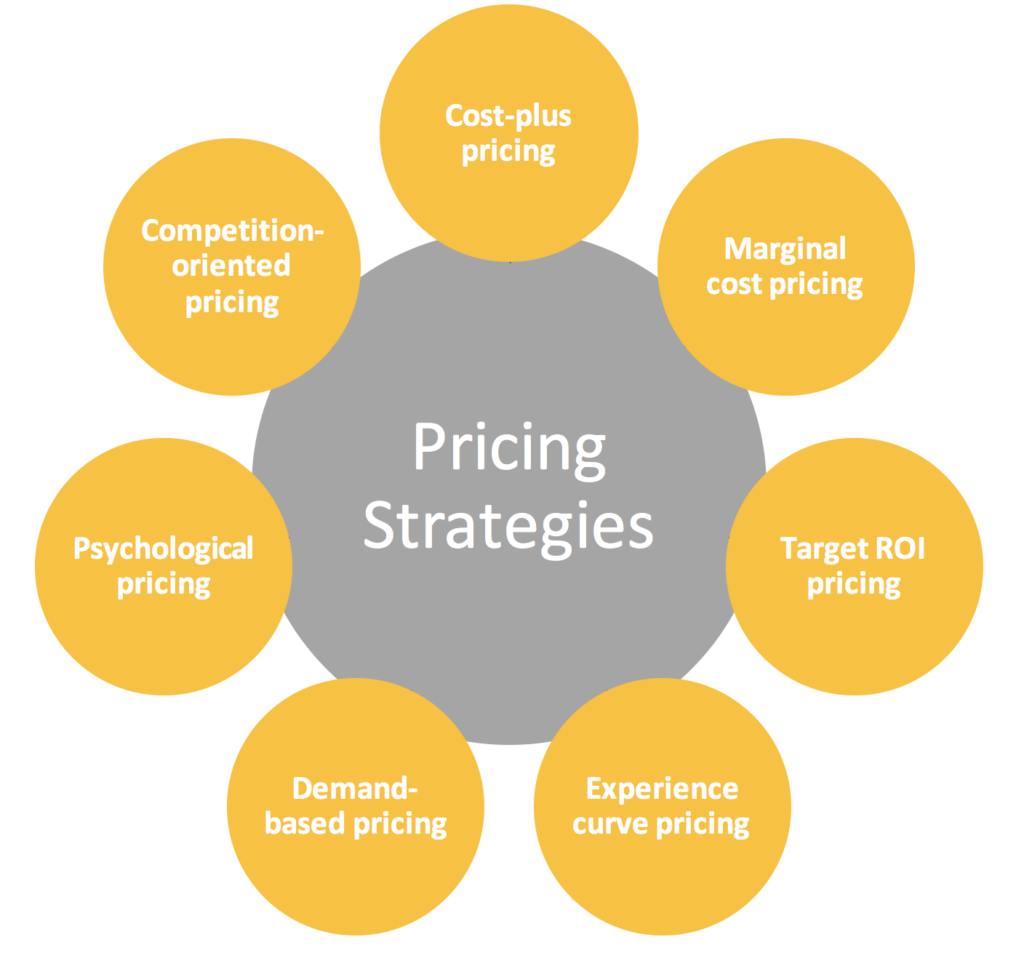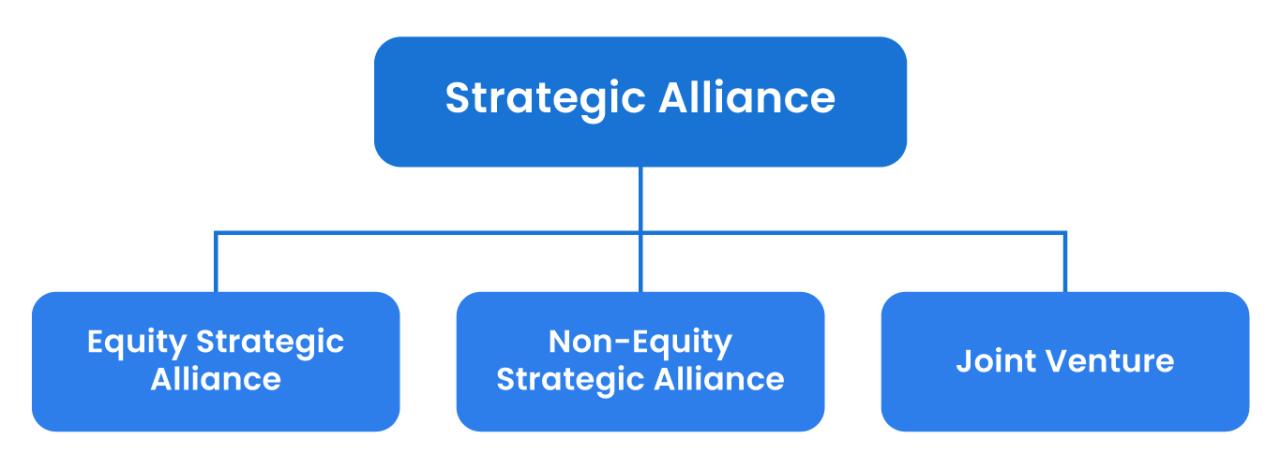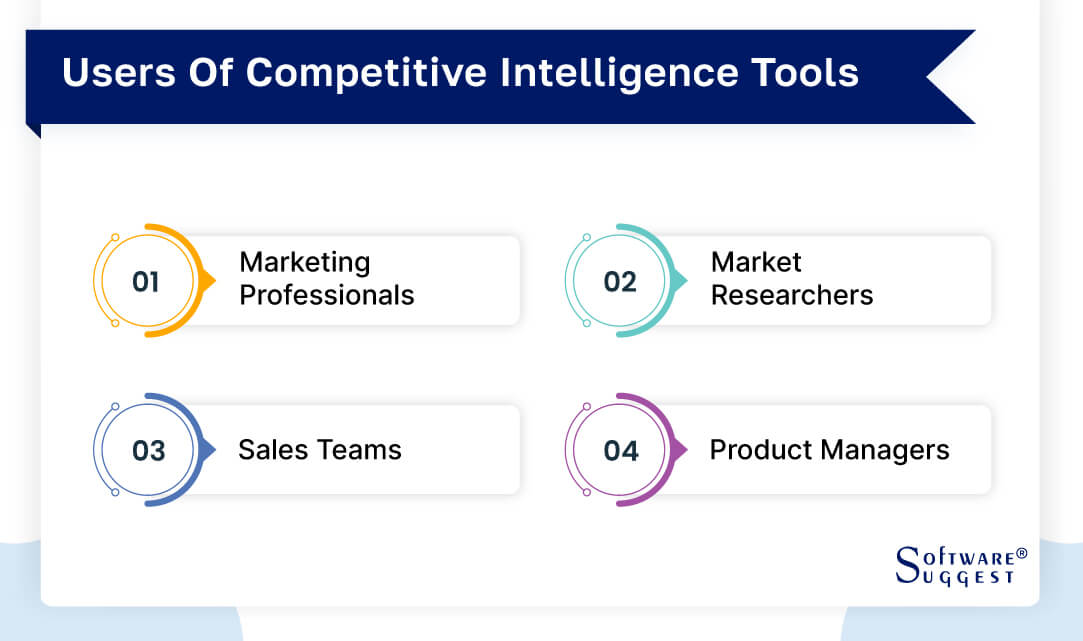Strategic Pricing Models
Exploring the realm of Strategic pricing models, this introduction invites readers on a journey to uncover the intricacies of pricing strategies that drive business success. From innovative methodologies to real-world applications, this topic delves into the core of strategic decision-making in pricing models.
Introduction to Strategic Pricing Models

Strategic pricing models play a crucial role in shaping the pricing strategies of businesses, helping them maximize profits and gain a competitive edge in the market. These models involve a more holistic approach to pricing, taking into account various factors such as market demand, competition, and consumer behavior.
Unlike traditional pricing strategies that often rely on cost-plus or competition-based pricing, strategic pricing models involve a deeper analysis of the market dynamics and aim to set prices that align with the overall business goals and objectives. By leveraging data analytics and market insights, companies can make informed pricing decisions that drive revenue growth and enhance customer satisfaction.
Examples of Industries Using Strategic Pricing Models
In industries such as airlines, hotels, and e-commerce, strategic pricing models are commonly used to adjust prices dynamically based on factors like demand fluctuations, seasonal trends, and competitor pricing strategies. For instance, airlines often employ yield management techniques to optimize seat pricing and maximize revenue on each flight.
Types of Strategic Pricing Models

When it comes to strategic pricing, various models can be utilized to help businesses optimize their pricing strategies. Each model has its own set of advantages and disadvantages, making it essential for companies to carefully consider which one aligns best with their goals and target market. Let’s explore some of the most commonly used strategic pricing models and how they compare to each other.
Value-Based Pricing
Value-based pricing is a strategy where prices are set based on the perceived value of a product or service to the customer. This model focuses on the benefits that the product provides to the customer rather than the cost of production. One of the main advantages of value-based pricing is that it allows companies to capture the maximum value of their offerings. However, a potential downside is the challenge of accurately determining the perceived value of the product in the eyes of the customer.
Dynamic Pricing
Dynamic pricing is a strategy where prices are adjusted in real-time based on market demand, competitor pricing, and other external factors. This model allows companies to maximize profits by setting prices at the optimal level at any given time. One of the key advantages of dynamic pricing is its flexibility and responsiveness to market changes. On the other hand, it can be complex to implement and may lead to customer dissatisfaction if not done carefully.
Penetration Pricing
Penetration pricing involves setting low initial prices to quickly gain market share and attract customers. This strategy is commonly used when entering a new market or launching a new product. The main advantage of penetration pricing is its ability to quickly establish a customer base. However, it may lead to lower profit margins in the short term and could be challenging to sustain in the long run.
Real-World Examples
– Apple’s pricing strategy for its iPhones is a prime example of value-based pricing, where the premium features and brand reputation justify the high price points.
– Uber’s use of dynamic pricing during peak hours or high-demand periods showcases how the company adjusts prices based on real-time conditions to maximize revenue.
– Amazon’s aggressive use of penetration pricing when launching new products or services has been instrumental in capturing market share quickly and disrupting traditional industries.
By understanding the nuances of each strategic pricing model and learning from successful implementations in real-world scenarios, businesses can make informed decisions to drive profitability and growth.
Factors Influencing Strategic Pricing Models
When it comes to selecting a strategic pricing model, businesses take into account various key factors that can greatly influence their decision-making process.
Market conditions, competition, and customer behavior play a crucial role in determining the most suitable pricing model for a business. Market conditions such as demand, supply, and overall economic trends can impact pricing strategies. Understanding the competitive landscape is essential to ensure pricing remains competitive yet profitable. Additionally, analyzing customer behavior and preferences is vital in setting prices that resonate with target audiences.
Role of Data Analytics and Market Research
Data analytics and market research are instrumental in determining the most effective pricing model for a business. By leveraging data analytics tools, businesses can gain valuable insights into customer purchasing patterns, price sensitivity, and product demand. Market research helps in identifying market trends, competitor pricing strategies, and consumer perceptions, enabling businesses to make informed decisions when choosing a pricing model.
Implementation of Strategic Pricing Models
Implementing a strategic pricing model within a business requires careful planning and execution to ensure its effectiveness. This involves a series of steps to integrate the model seamlessly into existing operations while addressing any challenges that may arise.
Steps for Implementing a Strategic Pricing Model
- Conduct a thorough analysis of the market and competitors to determine the optimal pricing strategy.
- Define clear pricing objectives and goals that align with the overall business strategy.
- Select the appropriate pricing model based on the nature of the products or services offered.
- Implement pricing software or tools to automate and streamline the pricing process.
- Monitor and evaluate the pricing model regularly to make necessary adjustments and improvements.
Challenges Organizations May Face
- Resistance from internal stakeholders who may be reluctant to change existing pricing practices.
- Difficulty in accurately predicting customer response to price changes.
- Complexity in integrating the pricing model with other business functions such as sales and marketing.
- External factors like economic conditions or regulatory changes that may impact pricing decisions.
Tips for Effective Integration
- Communicate the benefits of the new pricing model to employees and stakeholders to gain their support.
- Provide training and resources to ensure that employees understand how to use the pricing model effectively.
- Constantly monitor key performance indicators and metrics to measure the impact of the pricing model on business performance.
- Seek feedback from customers to understand their perception of the pricing strategy and make adjustments accordingly.
FAQ Compilation: Strategic Pricing Models
How do strategic pricing models differ from traditional pricing strategies?
Strategic pricing models focus on long-term profitability and value creation, whereas traditional pricing strategies often prioritize short-term gains.
What factors influence the selection of a strategic pricing model?
Key factors include market conditions, competition dynamics, customer behavior, and the role of data analytics in decision-making.
Can you provide examples of industries that commonly use strategic pricing models?
Industries such as technology, retail, and telecommunications frequently employ strategic pricing models to drive growth and enhance market positioning.






